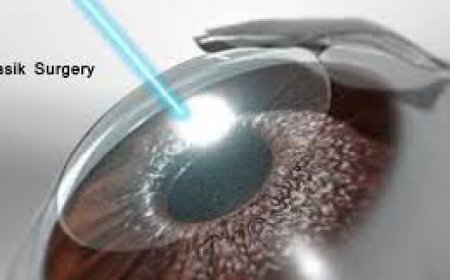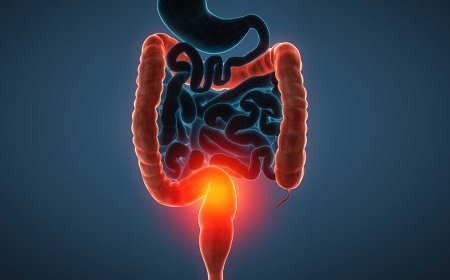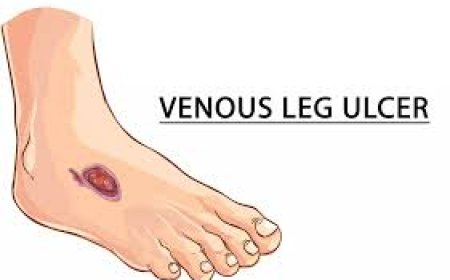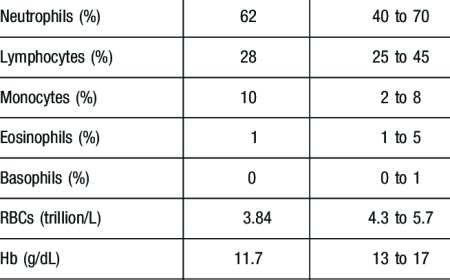Parkinson's disease
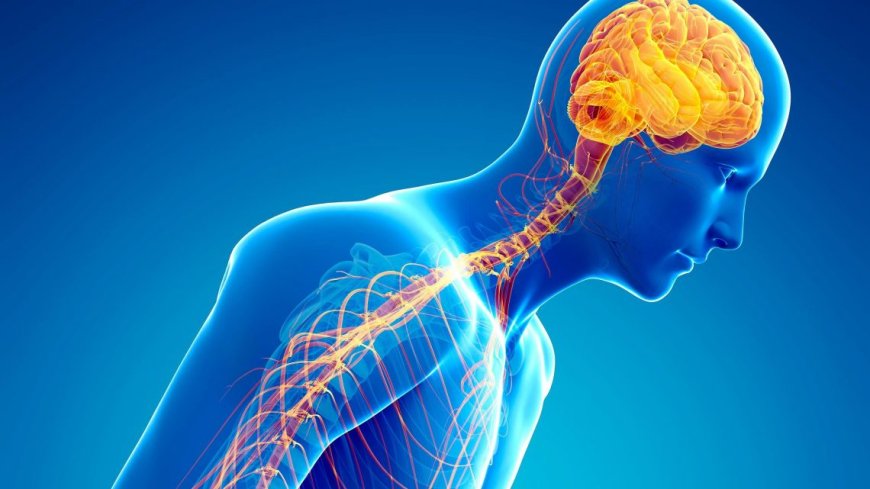
Introduction:
In India, as in many parts of the world, Parkinson's disease is a neurological disorder that affects thousands of people. It is crucial for everyone, including young minds, to understand what Parkinson's disease is, its symptoms, causes, risk factors, types, diagnostic tests, treatments, and prevention techniques. This article aims to explain all these aspects in simple language, making it easier for 10-year-old children to grasp.
What is Parkinson's disease?
Parkinson's disease is a chronic, progressive disorder of the nervous system that affects how a person moves. It is named after Dr. James Parkinson, who first described the condition in 1817. When someone has Parkinson's, their brain cells don't work as they should, causing a shortage of a chemical called dopamine. Dopamine helps in controlling body movements, so when there's not enough of it, people may have trouble moving smoothly.
Signs and Symptoms:
The signs and symptoms of Parkinson's disease can vary from person to person, but some common ones include:
- Tremors: Shaking or trembling of hands, arms, legs, jaw, or face.
- Bradykinesia: Slowness of movement, making it difficult to perform simple tasks quickly.
- Muscle rigidity: Stiffness in the arms, legs, or neck, which can cause discomfort.
- Postural instability: Trouble maintaining balance, leading to frequent falls.
- Changes in handwriting: Handwriting may become smaller and more challenging to read.
- Speech difficulties: Speaking might become softer or slurred.
- Mask-like facial expression: The face may appear less expressive.
What Causes Parkinson's disease?
The exact cause of Parkinson's disease is still not fully understood, but it is believed to be a combination of genetic and environmental factors. Certain triggers may lead to the development of Parkinson's, such as exposure to toxins, head injuries, or certain infections.
Risk Factors:
Several risk factors can increase the likelihood of developing Parkinson's disease, including:
- Age: People above 60 are at a higher risk.
- Family history: Having a close relative with Parkinson's increases the risk.
- Gender: Men are slightly more prone to Parkinson's than women.
- Exposure to toxins: Certain chemicals or pesticides can be harmful.
- Rural living: Studies suggest that people living in rural areas may have a higher risk due to pesticide exposure.
Types of Parkinson's disease:
There are two main types of Parkinson's disease:
- Idiopathic Parkinson's disease: This is the most common type, and its exact cause is unknown.
- Parkinson's-plus syndromes: These are a group of disorders that have similar symptoms to Parkinson's but have different underlying causes.
Diagnostic Tests:
To diagnose Parkinson's disease, doctors may use various tests, including:
- Physical examination: The doctor will observe the patient's movements and check for characteristic symptoms.
- Medical history: Learning about the patient's symptoms and family history can provide valuable insights.
- DaTscan: A special brain imaging test that helps in detecting dopamine levels.
- Blood tests: These can help rule out other conditions that may have similar symptoms.
Treatments:
Although there is no cure for Parkinson's disease, treatments aim to manage symptoms and improve the quality of life. Some common treatments include:
- Medications: Drugs that increase dopamine levels or mimic dopamine's effects may be prescribed.
- Physical therapy: Exercises can help improve mobility and balance.
- Deep brain stimulation: This is a surgical procedure where a device is implanted in the brain to reduce symptoms.
- Lifestyle changes: Regular exercise, a balanced diet, and getting enough rest can be beneficial.
Complications and Prevention:
Parkinson's disease can lead to various complications, such as difficulty walking, depression, and swallowing problems. While there is no surefire way to prevent Parkinson's disease, some lifestyle choices can reduce the risk:
- Staying physically active: Regular exercise may help protect the brain.
- Avoiding toxins: Limiting exposure to harmful chemicals or pesticides can be helpful.
- A balanced diet: Eating nutritious foods can support overall health.
Parkinson's disease is a complex condition that affects many people in India and around the world. Understanding its signs, symptoms, types, diagnostic tests, treatments, and prevention techniques can help us support those living with Parkinson's and work towards finding a cure in the future. Let's spread awareness about this condition and show empathy and care to those facing its challenges.
What's Your Reaction?
 Like
0
Like
0
 Dislike
0
Dislike
0
 Love
0
Love
0
 Funny
0
Funny
0
 Angry
0
Angry
0
 Sad
0
Sad
0
 Wow
0
Wow
0






























